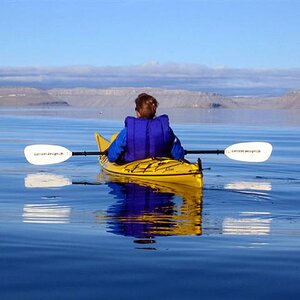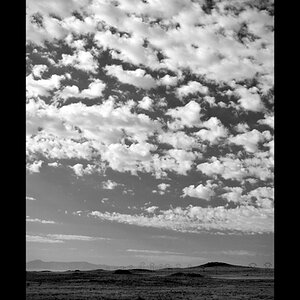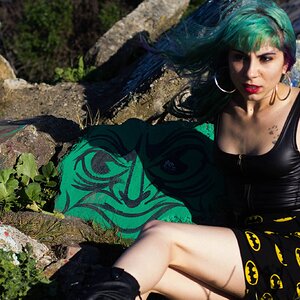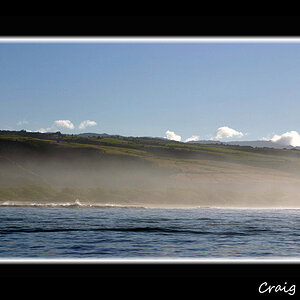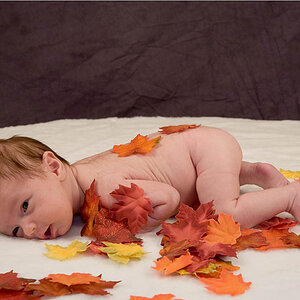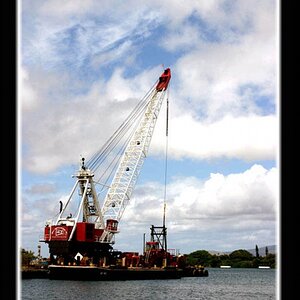photo_enthusiast
TPF Noob!
- Joined
- Jul 19, 2013
- Messages
- 4
- Reaction score
- 0
Hello everyone!
I spend some time looking into various WB tools and here're my findings which need clarification:
1. Many people recommend WhiBal as not too expensive tool for setting WB either on site or doing PP. However, can it be used for setting exposure or I'd need separate 18% gray card?
2. I looked into 18% gray cards offerings and many of them come with additional white and black cards. Nevertheless, I barely saw people referring to them, therefore for what purposes those white and black cards are used?
3. How WB and exposure tools fare compared to DIY solutions, for example, coffee filters, white paper, grass, hand? Maybe members with WB and exposure tools can do quick comparisons and evaluate if it's worthy to invest into WhiBal, etc.?
Also, I found Novoflex Zebra grey card which could be used for WB AND exposure. But conversely to WhiBal, Novoflex doesn't claim that they measure every single card. What is more, one side for setting WB is white, while WhiBal's card has light grey surface. Do you think Novoflex Zebra could be trusted for accurate readings?
Thanks!
I spend some time looking into various WB tools and here're my findings which need clarification:
1. Many people recommend WhiBal as not too expensive tool for setting WB either on site or doing PP. However, can it be used for setting exposure or I'd need separate 18% gray card?
2. I looked into 18% gray cards offerings and many of them come with additional white and black cards. Nevertheless, I barely saw people referring to them, therefore for what purposes those white and black cards are used?
3. How WB and exposure tools fare compared to DIY solutions, for example, coffee filters, white paper, grass, hand? Maybe members with WB and exposure tools can do quick comparisons and evaluate if it's worthy to invest into WhiBal, etc.?
Also, I found Novoflex Zebra grey card which could be used for WB AND exposure. But conversely to WhiBal, Novoflex doesn't claim that they measure every single card. What is more, one side for setting WB is white, while WhiBal's card has light grey surface. Do you think Novoflex Zebra could be trusted for accurate readings?
Thanks!





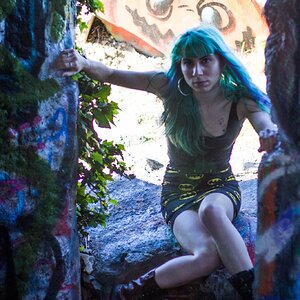
![[No title]](/data/xfmg/thumbnail/37/37605-90c8efaef5b7d1f52d4bf8e7dfd33673.jpg?1619738148)
